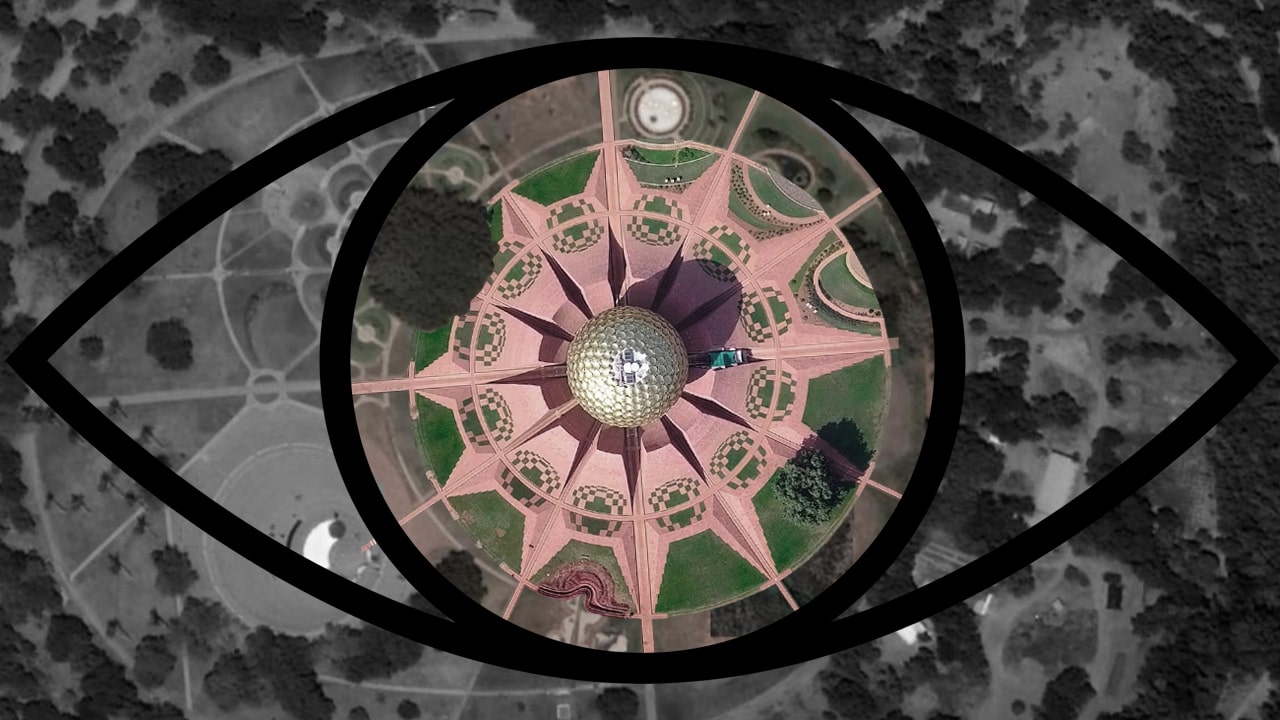Endangered Home Garden

Endangered Home Garden
06 July 2025
As cities expand rapidly, one vital element is disappearing: green spaces. Among the most overlooked casualties is the home garden — once an integral part of residential architecture, now quietly fading from our urban landscape. In neighbourhoods like Ballygunge, Hindustan Park, and Alipore, the deep setbacks and generous plots of older homes once supported mango trees, hibiscus hedges, and flowering climbers. These spaces acted as microclimatic buffers, filtering dust, softening the urban heat, and enabling natural groundwater recharge.
Today, those same plots are being redeveloped with higher FAR (Floor Area Ratio), allowing taller and bulkier constructions that push the building footprint right up to the legal setbacks. In Salt Lake and New Town, changes in zoning laws have further encouraged podium and stilt parking, shrinking the softscape to narrow margins along compound walls. The average height of private villas has reached 14 meters, casting deep shadows that inhibit meaningful vegetation. What remains are shade-tolerant species — a few foxtail palms, frangipani trees, and neatly pruned ornamental hedges — maintained more for visual order than ecological value.
Hardscaped driveways, ceramic pavers, and podium decks have replaced lawns and soil beds, cutting off the natural exchange between ground and structure. The spatial language of the home is now one of verticality and enclosure. Where the plinth once merged seamlessly with the earth, we now see elevated living floors, water tanks in basements, and ground levels surrendered to vehicular access.
The home garden was never just about planting — it was about orientation, daylight, thermal comfort, and sensory memory. It was an essential layer in the architecture of living. Its disappearance isn’t just an aesthetic loss, but a systemic one.
How to Protect Home Garden Biodiversity:
In this context, protecting what remains becomes essential. Here are a few ways to safeguard and enhance biodiversity in home gardens:

July 06, 2025
Endangered Home Garden
July 06, 2025
The Symbology of Urban Loci